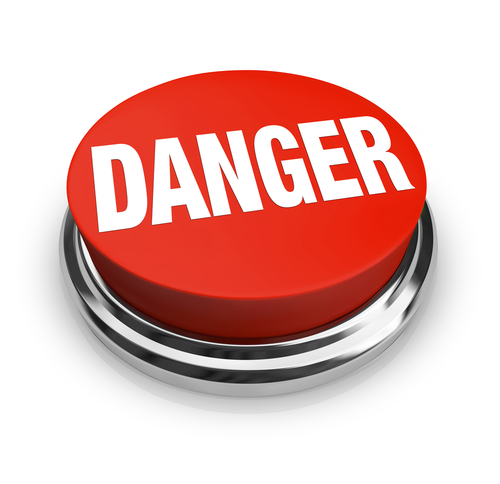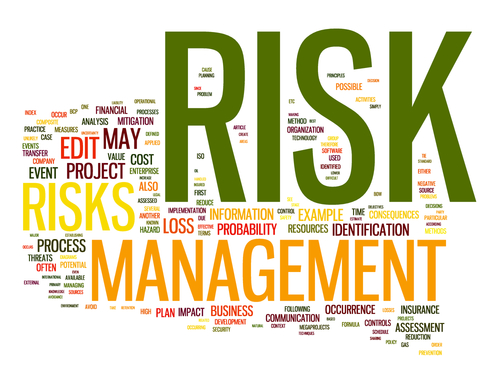 Fear Factor, Wipe Out, Survivor and even The Biggest Loser are all shows that put contestants at risk. And in order to gain viewers’ attention (and ratings to keep advertisers happy), reality shows are constantly trying to one-up each other while in turn increasing their risk. So how do these shows get away with it? Who would insure such insane acts? How do producers make sure they’re covered in case of an injury or death? To answer these questions, I turned to Lorrie McNaught, reality TV expert with Aon/Albert G. Ruben.
Fear Factor, Wipe Out, Survivor and even The Biggest Loser are all shows that put contestants at risk. And in order to gain viewers’ attention (and ratings to keep advertisers happy), reality shows are constantly trying to one-up each other while in turn increasing their risk. So how do these shows get away with it? Who would insure such insane acts? How do producers make sure they’re covered in case of an injury or death? To answer these questions, I turned to Lorrie McNaught, reality TV expert with Aon/Albert G. Ruben.
What types of reality shows spur the most insurance claims?
LM: Many times it’s more of the “walk and talk” shows as opposed to those with stunts that spur the most claims. Audience members are often hurt while being moved in and out of the auditorium.
online pharmacy
rifadin with best prices today in the USA
With stunt-laden productions, producers and networks are extremely cautious, and often will hire outside loss control professionals to ensure safety protocol is at its best.
online pharmacy
champix with best prices today in the USA
Every precaution is taken to make sure the stunts are dangerous looking, but not TOO dangerous to perform. As walk-and-talk programming seems so simple, sometimes safety hazards are overlooked.
Are any stunts or activities uninsurable?
LM: The quick answer is no, with the exception of intentional acts; the right broker can find a quote for anything a producer wants to do.
online pharmacy
tadalista with best prices today in the USA
Usually it comes down to pricing, and how much they have in the budget for insurance. The right broker doesn’t hear the word “no” from insurers. They find a way to get coverage.
How are contestants insured? Or are they?
LM: There are many ways that producers look at mitigating their risks when it comes to contestant injuries. Many times, it will depend on requirements from the networks, and how much they are allocated for insurance. But most, if not all, production companies have participants/contestants sign liability releases, which hold them harmless in the event of injury to the participant while they are filming the show. Production companies have a general liability policy, which would protect them from bodily injury claims, in the event a contestant decided to file a suit. There are other ways that production companies can provide coverage, including accident medical policies and short-term disability. These might be an option for production companies who wish to offer some type of coverage for the participants if they are hurt, while helping to keep their GL policies claims free.
What keeps show producers and risk experts up at night?
LM: Concerns that they might not be able to film the production the way they want to. And, if insurance is the reason that things are held up, that is a huge problem. As an experienced broker, you get to the point where you can almost proactively imagine what the production companies may want to do on a certain show, and you can go to the marketplace and request quotes for various options to present to the producer. That way, they have some options up front, and can create a budget that will allow them to do the shoot they want to, since they’ve been able to plan for it.
What is the biggest mistake producers can make when choosing their insurance programs?
LM: Picking a broker who has little experience and is unable to get the producers the coverage and pricing they need to get their production made.
What should producers be aware of in their agreements with the networks?
LM: The networks all require indemnification from the producers. Sometimes the networks will require the producers to also use the networks’ own insurance program. At the point an uncovered or under-covered claim happens, it could leave a producer bare of coverage, but still forced to indemnify the network. A producer should always carry their own insurance as well, to protect themselves at all times.


